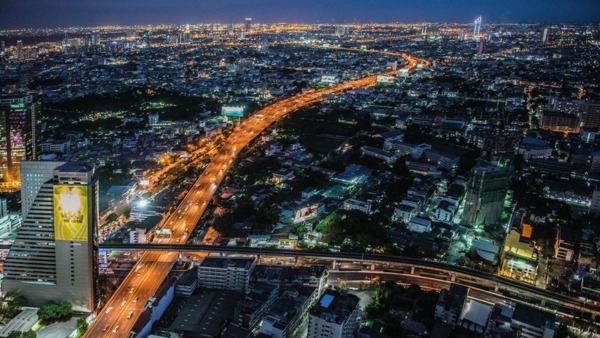As the countdown to Thailand’s vibrant Songkran festival begins, international travelers have already signaled their intentions loud and clear. Bangkok, Pattaya, Phuket, Hat Yai, and Chiang Mai are gearing up for a massive tourism surge this April as Songkran 2025 ignites global interest. Travelers from Malaysia, Hong Kong, and Indonesia are leading the charge, drawn to Thailand’s iconic New Year celebrations filled with festive water fights, cultural parades, and street parties.
While these nations lead in search volume, Chinese travelers and tourism stakeholders are paying close attention. Why? Because Songkran isn’t just a festival—it’s a thermometer for regional travel recovery, demand trends, and cross-border tourism readiness. For China’s travel industry, Songkran serves as a key case study in how post-pandemic cultural events are drawing short-haul travelers back in large numbers.
From Southeast Asia with love: A shift in short-haul travel dynamics
Agoda’s insights indicate that Malaysia tops the list of source markets showing keen interest in celebrating Songkran in Thailand. Closely behind are travelers from Hong Kong SAR and Indonesia, suggesting a strong appetite among neighboring countries for experiential, cultural tourism. South Korea and the Philippines round out the top five.
This movement, while geographically centered in Southeast Asia, is of strategic importance to China’s tourism industry. These travel behaviors reflect a clear pivot toward regional, festival-based travel, underpinned by affordable air connectivity, digital booking platforms, and flexible visa regimes. China, still recalibrating its own outbound tourism systems, can observe this as a signal of where regional attention is flowing—and how to reenter the game competitively.
Source: Travel and Tour World







